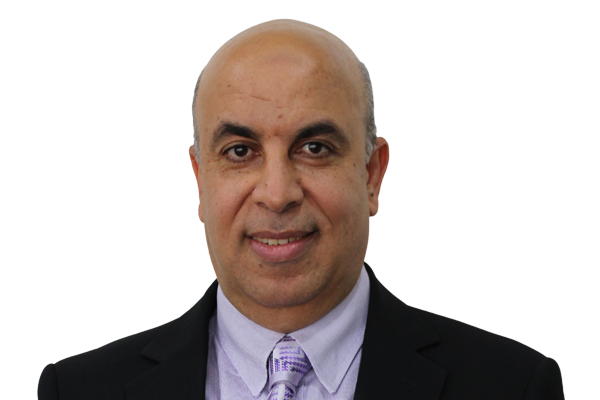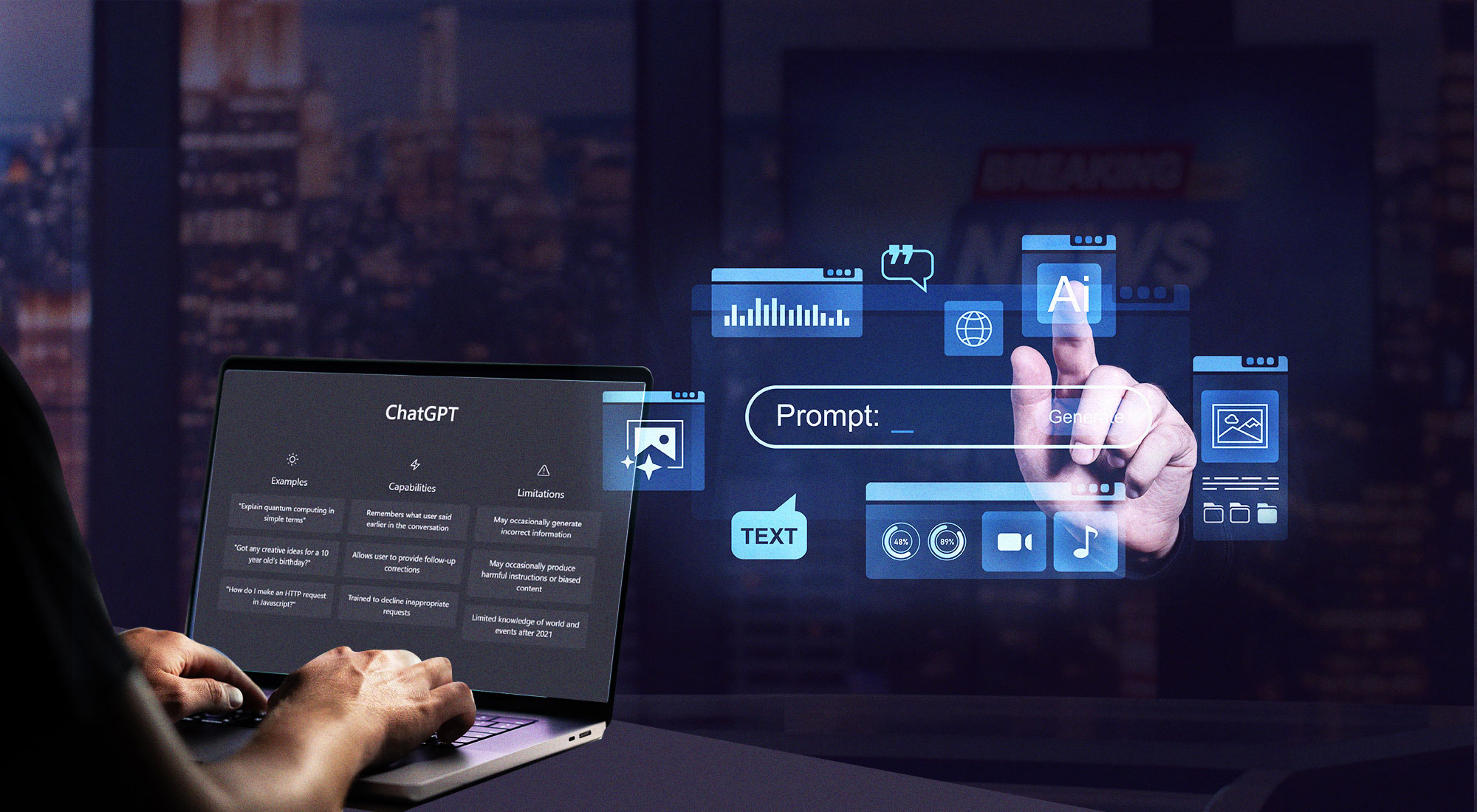The Muslim Brotherhood realized the importance of digital media in achieving its political objectives much before any other Islamist group. It sought to utilize the medium for promoting its transnational ideology and advance its dreams of the “revival of the caliphate and mastery of the world.” The group also benefited from digital media and enhanced its wide presence using multiple mouthpieces and supportive websites.
The Digital media tools
The group has been quick to engage the digital media and have widely used the various tools available to its users. Soon after the Internet was introduced to Egypt in the 1990s, the Brotherhood realized that it had found an effective tool to break the media blockade imposed on it by the state to curb its ability to spread its provocative ideas in society through the traditional media.
The Internet made it possible for the group to spread its ideas and promote them in Egypt and abroad. The state was unable to prevent it due to the Internet’s ability to connect to all parts of the world.
The first use of digital media by the Muslim Brotherhood dates back to 1998 when the group commissioned a website for its print publication, Al-Dawa (The Call).[1] Soon after, it launched several other websites to form an integrated media network. These included Ikhwanonline in 2003, Ikhwanweb in 2005, Ikhwantube in 2009, Ikhwan Wikipedia in 2009,[2] Ikhwanbook in 2010, in addition to Ikhwansearch, a Muslim Brotherhood search engine similar to Google.[3]
The group and its members have also been very active on social media and on personal blogs besides platforms that emerged later, such as Twitter, Facebook, YouTube, and Instagram. These platforms became major tools for mobilization, recruitment, dissemination of ideas, and attacking the existing regimes. They came in handy during the so-called Arab Spring protests.
Spreading the Brotherhood’s ideology
The group aggressively focused on using trans-national digital media to disseminate and promote its ideas to attract more followers in and outside Egypt. These websites showcased its views on the various political, social, and religious issues facing society, and put forth its ideological position on political developments. The group devoted its English website Ikhwanweb to communicating with the Western public opinion makers. Khalid Hamza, editor-in-chief of the website, said its primary purpose was to bridge the knowledge gap between the Muslim Brotherhood and Western intellectuals.[4]
Ikhwan Wikipedia is a mini electronic library offering easy access to the Muslim Brotherhood literature and its thinkers and theorists’ writings. The group posted on its website thousands of articles supporting its view and the events in which the group participated and even those it believed were closely linked to its religious or political cause.[5] The Ikhwantube enabled the Muslim Brotherhood members to share thousands of documents, speeches, statements, and videos with their followers worldwide.[6]
The Muslim Brotherhood also launched the Ikhwanbook website to introduce what it called “moderate Islam.” Muhammad Mursi, then a member of the Guidance Council of the Muslim Brotherhood, described it as useful for explaining “who we are and what we want.”[7] Although the group intended to make Ikhwanbook similar to “Facebook,” experts call it nothing more than a controlled propaganda machine cloaked in a false promise of openness regarding the services it provides.[8]
Digital media during the Arab Spring
Through this integrated electronic network, the Muslim Brotherhood established a strong presence on various digital media platforms. This presence enabled it to act when the so-called Arab Spring events erupted and extended to Egypt, especially when the January 25, 2011, protests broke out. The group used digital media to achieve several other relevant goals.
Observers say that the Muslim Brotherhood managed to hijack the January 25 protests through its electronic media platforms. The web page “we are all Khalid Saeed” was pivotal in causing outrage, far exceeding the popularity of other such platforms.[9]
The Rasd electronic news network, which was launched on January 24, 2011, joined forces with these websites just one day before the revolution. However, it did not formally describe itself as a media arm of the Muslim Brotherhood.[10] The Rasd network played a key part in magnifying the Muslim Brotherhood’s role in the outbreak of the revolution and in encouraging its members across the country to take to the streets and participate in the protests. This message was shared after the group became sure that the ruling regime was on the brink of falling apart.
Political conditions and the state of the media following the January 25, 2011, revolution forced Muslin Brotherhood to come up with new plans. The main objective now was to promote the organization and preach its ideology in and outside Egypt.[11] In 2011, the group launched its accounts on Facebook and Twitter. It was named Freedom and Justice on the Internet, in Arabic and English, and Freedom and Justice Party’s account on Facebook.
It also launched regional outfits on Facebook, such as Gharbiyyaonline, Sharqiyyaonline, Suwaifonline, Daqhaliyyaonline, Ismaeeliyya Brotherhood, Buhairaonline Brotherhood, Kafr Al-Shaikhonline Brotherhood, among others. The group also launched web pages for the Freedom and Justice Party in these provinces on social media platforms.[12]
The Muslim Brotherhood deployed its digital media machinery to support its candidate, Muhammad Mursi, in the 2012 presidential elections. Some sources say the group formed what was known as “electronic militias” or “electronic committees,” which became very active during the run-off between Mursi and Ahmad Shafeeq. It sought to spread election slogans that would help Mursi win the election with the most prominent being “I am not a Brotherhood member but I respect them,” and “I hate the Muslim Brotherhood but I want Muhammad Mursi to defeat Shafeeq”.[13]
During Mursi’s reign, members volunteering for these committees played a significant role in defending Mursi and the Brotherhood in forums and debates on social media platforms and attacking their opponents. They became fiercely intolerant while dealing with differences of opinion.[14] Some of these websites had also played an important role during the difficulties Mursi had faced. For example, the Rasd network played a major role before, during, and after the referendum on the new Egyptian constitution by actively mobilizing in favor of the draft constitution, which was eventually passed by a popular majority rather than a broad consensus.[15]
After the fall of the Muslim Brotherhood’s rule on July 3, 2013, following a popular revolution against it and the closure of its traditional media outlets, the group relied on its digital media machinery to confront the Egyptian army. It used dozens of websites to condemn the army and highlight its agenda. It called for civil disobedience, mobilized its members and supporters to confront the authorities, and launched online campaigns against the military and the police. They even posted video clips of the events taking place in the country at the time.[16]
The Muslim Brotherhood also made use of its media arms in the West, which had gathered extensive experience of defending the group. They tried their best to build the Brotherhood’s image and incited the public against the Egyptian regime. It exploited the openness and freedom in many European countries to promote itself as a moderate group that believes in democratic principles and freedom of choice. Nonetheless, this strategy’s duplicitous nature was exposed recently after several countries in Europe realized the group’s hostile position toward the nation-state, tolerance, and coexistence.
Conclusion
An overview of the Muslim Brotherhood’s substantial presence and capabilities in the digital media suggests that it has helped the group promote its ideology and enhanced its reach to a wider audience both in and outside Egypt. This capability was evident even before the January 25, 2011 revolution.
It requires a two-pronged strategy on those keen to neutralize a propaganda machinery, which has made wide use of digital media. Authorities in and outside the region would do well to keep a close eye on the Muslim Brotherhood’s activities, literature, and campaigns. Alongside strict surveillance, parallel networks need to be established to neutralize the extremist and potentially destructive ideology that the Brotherhood seeks to spread worldwide.
References
[1] Alexandra A. Siegel, “New Media and Islamist Mobilization in Egypt,” Alexandra-siegel.com, July 4, 2020, P.6, https://bit.ly/3et6bIH.
[2] Dr. Sherif Darwish El-Labban. “From Genesis to Fall: Media Tools of the Muslim Brotherhood,” Arab Center for Research and Policy Studies, March 19, 2014. https://bit.ly/34SDq54. [in Arabic].
[3] John Lane, “Ikhwanbook: The Muslim Brotherhood’s Version of Facebook,” BBC website, August 24, 2010. https://bbc.in/35Yy4of. [in Arabic].
[4] Anita Breuer, “Media experiences and communication strategies of the Egyptian Muslim Brotherhood from 1928 to 2011: A brief historical overview,” Forschungsjournal Soziale Bewegungen, https://bit.ly/34VLUbN
[5] Pakinam Amer, “Muslim Brotherhood use new media to document history,” Egypt independent, February 23, 2010, https://bit.ly/2I3nns4
[6] Alexandra A. Siegel, Op.cit. P.6.
[7] “Ikhwanbook, the Islamic Version of Facebook,” Middle East online, August 25, 2010. https://bit.ly/360mEQY [in Arabic].
[8] “The Muslim Brotherhood launches Islamic Facebook,” France 24, July 8, 2010. https://bit.ly/327FqEU. [in Arabic].
[9] Faisal Abbas, “Has social media really contributed to the expansion of political Islam?” Al-Sharq Al-Awsat newspaper, January 6, 2014. https://bit.ly/3ejAMIP [in Arabic].
[10] Sara El–Khalili,” Social media as a government propaganda tool in post-revolutionary Egypt, First Monday, Volume 18, Number 3 – 4 March 2013, https://bit.ly/34Tpo31
[11] Early Warning Center, “One Source One Goal: Dismantling the Complex Media Network of the Muslim Brotherhood,” Hafriyyat website. https://bit.ly/3enQhiT [in Arabic].
[12] Dr. Sherif Darwish El-Labban, op. cit.
[13] Linda Herrera and Mark Lotfy, “E-Militias of the Muslim Brotherhood: How to Upload Ideology on Facebook,” jadaliyya, Sep 5, 2012, https://bit.ly/384ReLU
[14] “The Role of Social Networks in Toppling Mursi,” Middle East online, August 11, 2014. https://bit.ly/3jOrh5z [in Arabic].
[15] Sara El–Khalili, Op. cit.
[16] Alexandra A. Siegel, Op.cit. PP 11-13.








